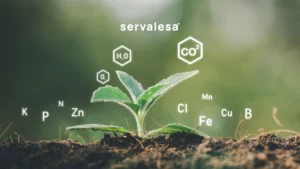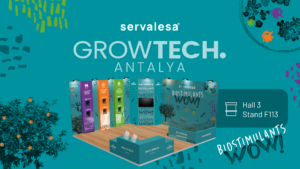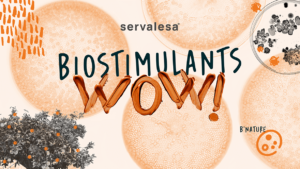Over the last few years, the use of biostimulants in crop management has been increasing exponentially and this can be attributed to several reasons:l uso de bioestimulantes para almendro en todo su ciclo.
– Direct beneficial effects: biostimulants have a positive influence on the different stages of crop development (growth, flowering, fruiting,
fattening, etc.)
– Indirect beneficial effects: They have an impact on the generation of inducers that control different processes (hormonal, enzymatic, defence, metabolic pathways, etc.)
– Mitigation of abiotic stress and critical moments in the cycle.
This versatility of functions, together with the increased knowledge and modernisation of crops, as well as the reduction of synthetic substances
used in agriculture (increasingly evident), mean that we can already speak of a “golden age” of biostimulation. This time of splendour is supported
by the interesting results of the use of tools of this type, with the correct usage and form, on the various crops.
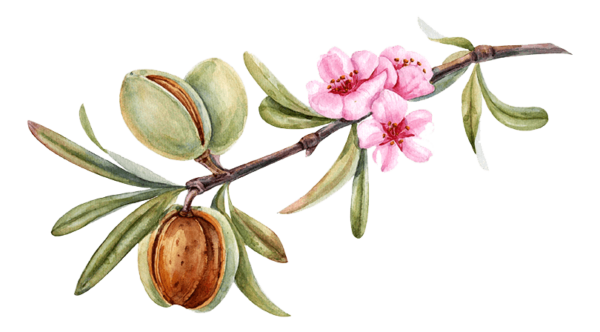
BIOSTIMULANTS SOLUTIONS
One of the extensive crops in which the use of biostimulants has been most developed by Servalesa has been almond trees. The almond tree is a fairlydemanding crop, subjected to continuous stress throughout its cycle.
Classifying according to the origin of the stress, two groups are thus made (although most of the time they interfere with each other or can be a consequence of each other) and the tools created for each of the situations are proposed:
- Stress due to endogenous factors
As a result of the plant’s own physiological processes.
- Stress due to exogenous factors
Caused by biotic and abiotic elements affecting the plant.
Servalesa has developed a series of biostimulant solutions that help to mitigate each of these difficult situations to a large extent.
In the case of the so-called endogenous and referring to the crop that concerns us in this article, the most notable products considering the different stages of the almond tree are:
Sprouting-Blooming
The almond tree carries out these processes with the reserves it has from the previous year. This puts a great strain on the plant, as it faces critical phases with hardly any exogenous aids. Tools such as DESES-3®, BETASER®, BIOCROP® EXTRA or FOLSER® reduce the stress generated in these phases and the energy expenditure derived from it, thus facilitating and optimising these processes.
Set
Ensuring the maximum amount of set flower is of fundamental importance if a large harvest is sought. For this, apart from the work of the pollinating insects and some micronutrients such as boron and molybdenum, there are compounds that favour pollen optimisation and viability, the emission and elongation of the pollen tube, etc.
FOLSER® greatly supports these processes. Once the fruit has set, another important aspect to take into account is its grip. Products such as SERGOMAX ®, which increases the mobility of the sap, help more fruit to become viable (as long as the plant is nutritionally
balanced).
Fattening and hardening of the shell
Moreover, once the fruit has been picked, the next objective is to achieve the largest possible size and weight of the fruit, as well as a consistent shell. During this process, the FOLSER® tool helps at the beginning of fattening, where there is intense cell multiplication. After this process, amino acid based products with a good, balanced aminogram such as SERVAPTON® promote the formation and enlargement of the pericarps and endocarps in which the seed or kernel will later be lodged. To get the maximum yield from this seed, we have the help (in addition to the extremely well recognised effects of potasses) of biostimulants such as SERVAL® NK, which increases growth and accumulation of reserves, and FEEDSER® a biostimulant which, due to its composition, favours fruit fattening and hardening, even in unfavourable conditions such as abiotic stress.
As for those of exogenous origin:
– Exogenus of abiotic stress
These include those produced by the effects of cold, heat, intense radiation, high salinity, etc. In such cases, the most immediate effects observed are dehydration (frost or heat stress) and sudden stomatal closures that hinder the assimilation of certain nutrients, causing great stress in the plants and inhibiting key metabolic processes in the development of the crop.
Servalesa proposes a series of products (DESES-3®, BETASER® or FEEDSER®) that mitigate these adverse effects to a large extent, acting at the cellular level (increasing osmotic pressure, favouring the entry of solutes into the cell); or ensuring that stomatal closure is not so abrupt in stressful situations; or favouring metabolic processes affected in complicated situations.
KNOW THE OPTIMAL TIME OF APPLICATION
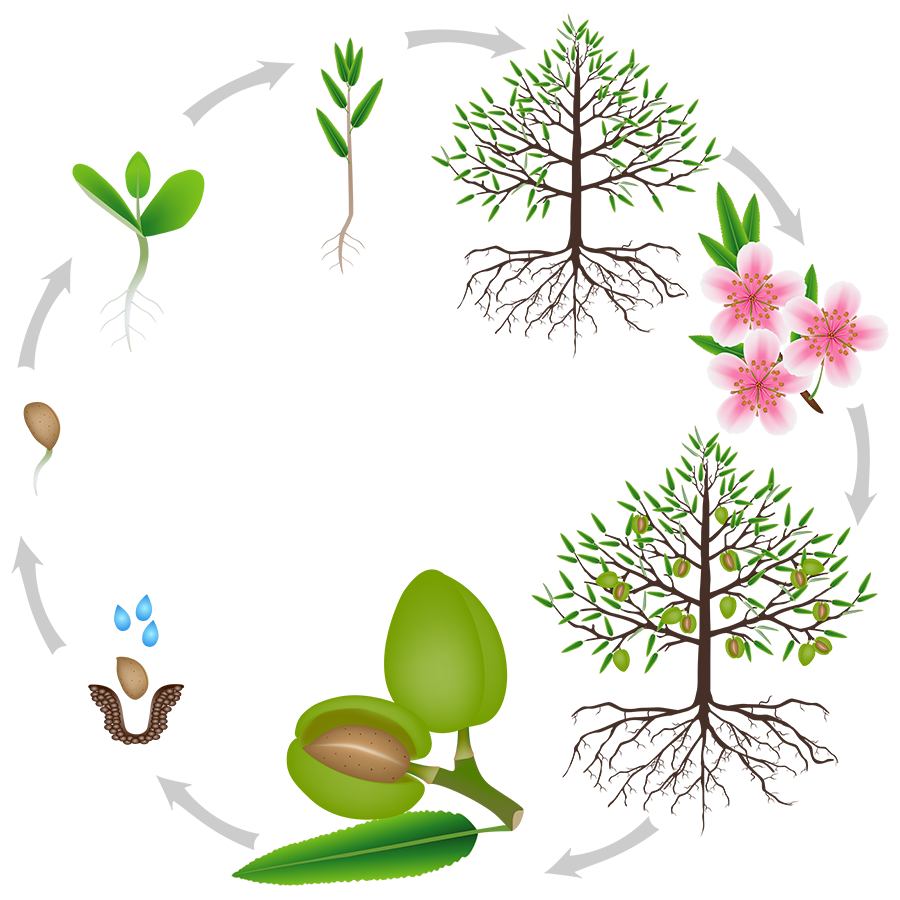
– Critical moments in the cycle
At this point, it is interesting to note that, in addition to the biostimulant and nutritional effects of the product strategies outlined below, there is also a very important action to minimise damage and the development of problems.
Mitigation of these critical situations is achieved:
– Directly: with compounds that prevent the undesired development of critical factors.
– Indirectly:
– By generating induced and acquired systemic resistance.
– By thickening the cell wall.
– By creating synergies with active ingredients, favouring their distribution within the plant and counteracting the “stop” effects that all active ingredients produce in the plant.
As part of these strategies to help minimise the damage caused by common almond tree diseases such as Monilia, Fusiccocum, Cribado, Mancha core, Antracnosis, Xanthomonas or Agrobacterium the biostimulant products used with proven positive effects are SERGOMIL® L60, QUALIFUN® and SIDEFUN®, which complement conventional plant health strategies.
Finally, and as a final point to bear in mind, it is worth highlighting Servalesa’s commitment to help improve the development of almond tree cultivation with proposals for protocols with minimum impact on nature, given that most of its benchmarks are classified as “Zero Waste” and are even certified as “Organic”.
Jose Manuel Sánchez
Servalesa Sales Representative
Central Spain
